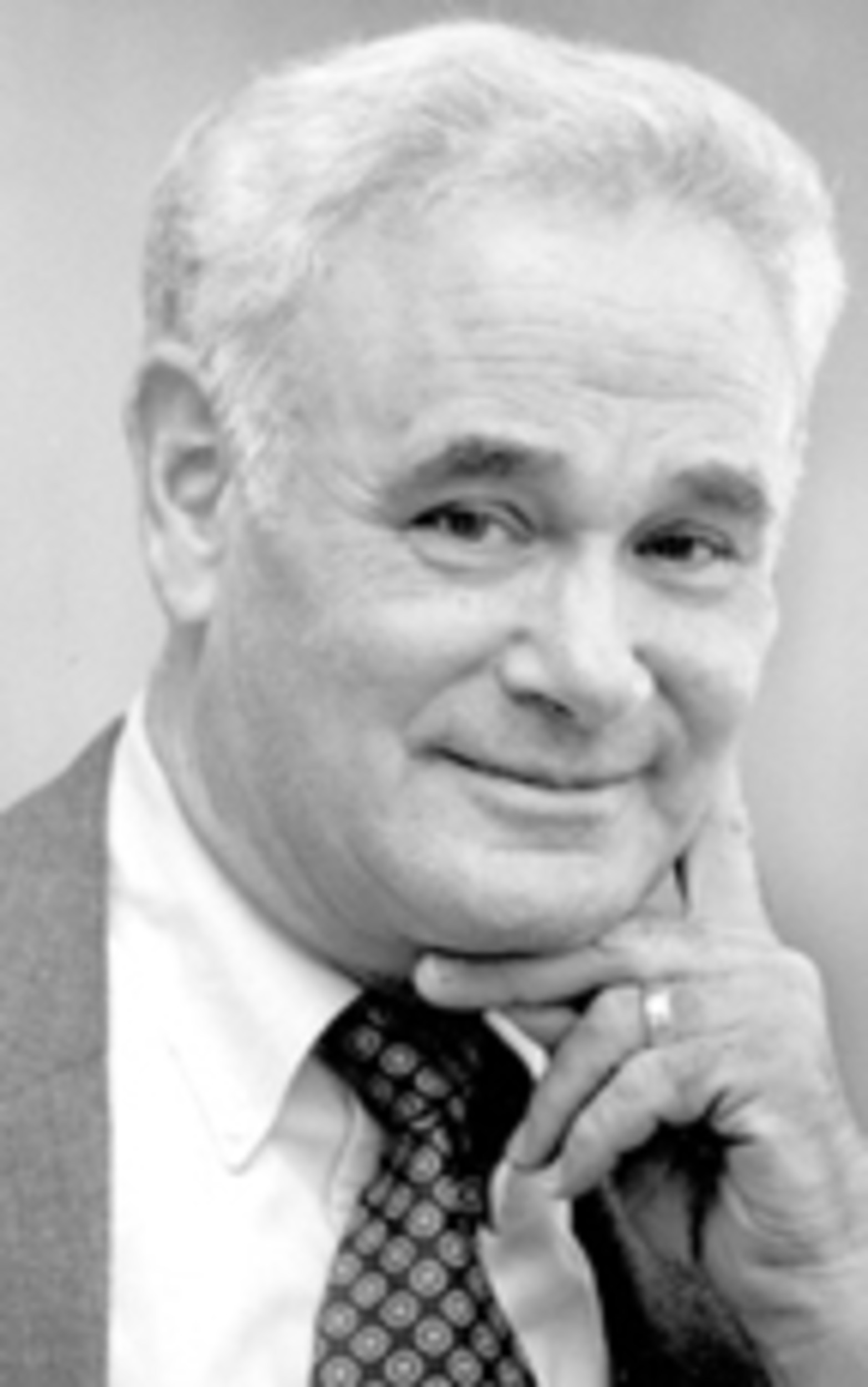Berlin: a city that lives with the dead
The German/English “Berlin & City Guide” (No. 6, 2013) contains an article entitled “Remembering the terror,” which begins with the following sentence: “Berlin’s theme year ‘Diversity Destroyed’ encompasses not only the Nazis’ rise to power in 1933 but also remembers the November pogroms of 1938, when all over Germany synagogues were burned and desecrated and the persecution of the Jews reached new heights.” The writer goes on to direct tourists to various locations in Berlin, which promote the memory of “the terror” – in particular, the persecution of the Jews.
I had the opportunity to take a good look at this Berlin city guide last Dec. 4, when Rabbi Peter Stein of Cranston’s Tem-ple Sinai delivered a spellbinding talk to his rabbinical colleagues, who had come to hear him speak at a synagogue in Springfield, Mass. Last November, Stein had picked up the city guide in his hotel room in Berlin, where he was part of a del-egation of 20 American Reform rabbis.
The trip had been designed to coincide with the 75th anniversary of Kristallnacht, the night of the broken glass – Nov. 9, 1938 – that orgy of death and destruction during which most of the synagogues in Germany and Austria went up in smoke. In addition, Nazi Brown Shirts ravaged Jewish businesses, beat up Jewish men or killed them outright and carted off thou-sands to such infamous concentration camps as Dachau.
During his talk, Rabbi Stein stressed the enormous efforts the city of Berlin, and Germany as a whole, have made to live fully in the present while preserving the memory of their murderous past – a past drenched in the blood of 6,000,000 Jews. As Stein pointed out, it is certainly no accident that Germany has officially “upgraded” the term “Kristallnacht” to “Pog-romnacht” in order to capture more fully the pogrom-like destruction of Jewish life, limb and property on that night of ter-ror.
Rabbi Stein noted that the signage in almost all of the Holocaust memorials scattered throughout Berlin is written ex-clusively in German; the powers that be have made a deliberate choice to limit the language to German in order to empha-size that the primary purpose of these memorials is to raise the consciousness of the German-speaking citizens of the city, although, of course, tourists are also encouraged to visit these sites.
The most prominent Holocaust memorial in Berlin is the Denkmal fuer die ermordeten Juden Europas (Memorial to the Murdered Jews of Europe), which consists of 2711 concrete slabs or stellae varying in height from a mere eight inches to almost 16 feet. The 4.7-acre site is organically integrated into the heart of the city in the vicinity of the Brandenburg Gate. City officials hope that those who pass though this confusing maze of concrete slabs will be jarred into thinking about their nation’s criminal past. The paradoxical goal – almost impossible to articulate – is to prod Germans to live honestly, if uncomfortably, with their past, even as they celebrate the present and work towards an even brighter, more humane and compassionate future. Obviously no easy task.
I was especially moved by Rabbi Stein’s discussion of a unique memorial in a Berlin neighborhood known as the Bayer-ische Viertel; back in 1993, the artists Renata Stilh and Frieder Schnock designed 80 signs which they affixed to lampposts throughout their neighborhood. They placed a brightly colored symbol on the front of each sign; on the back, they offered a brief explanation of how a particular Nazi law tightened the noose around the collective neck of German Jewry.
Three examples will illustrate what Stilh and Schnock have managed to accomplish: Picture of a THERMOMETER. Ex-planation on the back of the sign: “Jewish doctors may no longer practice. July 25, 1938.” BOOK. “Jews may not use a public library. Aug. 2, 1941. Jews may not purchase books. Oct. 9, 1942.” CAT. “Jews are no longer allowed to have household pets. Feb. 15, 1942.” Residents of this neighborhood in Berlin would have to make a concerted effort not to learn about the perse-cution of Berlin’s Jews during the Nazi era.
Toward the end of Rabbi Stein’s presentation, my colleague Rabbi Everett Gendler commented that such efforts by the city of Berlin to teach fellow citizens the cruel facts of Nazi persecution of the Jews create “an operational definition of teshuvah (repentence).” It seems to me that the city’s and the nation’s earnest attempts to come to terms with their past, to live responsibly with painful memories, constitute at least one powerful explanation for the current renaissance of the German Jewish community, which currently numbers about 150,000 – including native-born, a large number of Russian immigrants, and even 35,000 Israelis, the majority of whom reside in Berlin. It is hard to believe that, 75 years after “Pog-romnacht,” Germany once again is home to a liberal rabbinical seminary with 40 students preparing to serve Jewish com-munities throughout Europe – the Abraham Geiger College – whose educational program is closely allied with the Jewish Studies program at the University of Potsdam.
Will this early promise of the revitalized German Jewish community lead to a religious and cultural flowering that will take root and endure? For the answer to this question we must wait.
Rabbi Peter Stein has generously offered to speak about his trip to Berlin at synagogues and other Jewish institutions. You may contact him at Stein@TempleSinaiRI.org.
James B. Rosenberg (rabbiemeritus@ templehabonim.org) is rabbi emeritus at Temple Habonim in Barrington.








